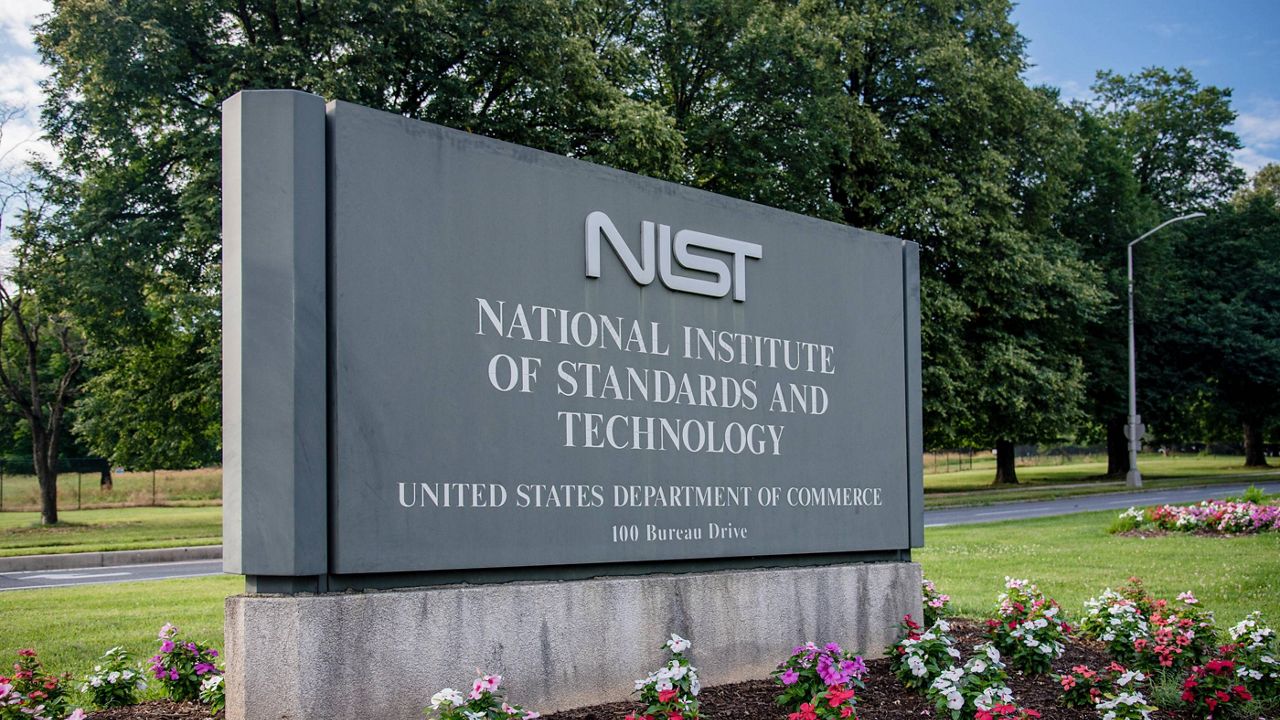Trade War Turmoil: How the US-China Conflict is Disrupting America’s Small Business Supply Chains
As the ongoing U.S.-China trade war continues to escalate, small business owners across the nation are facing a daunting challenge: finding new suppliers to meet their demand amidst a rapidly shifting global market. The impact of this complex issue is being felt particularly acutely in Hawaii, where a significant portion of the state’s economy relies on imports from China.

For entrepreneurs in the Aloha State, the uncertainty surrounding the trade war has become a major headache. With some of their usual suppliers struggling to maintain production or facing significant tariffs, small business owners are scrambling to identify alternative sources for the goods and materials they need to keep their operations running smoothly. But as they navigate this treacherous landscape, they’re discovering that securing new suppliers is no easy feat – and the consequences of failure could be severe.

The Repercussions of the Trade War on Small Business Owners

As the trade war between the United States and China continues to escalate, small business owners are facing unprecedented challenges in maintaining their supply chains and operations. One of the most significant repercussions of the trade war is the disruption of supply chains.

Supply Chain Disruptions
Delays and shortages of critical components and materials are becoming increasingly common, causing production schedules to be pushed back and inventory levels to dwindle. This has led to increased costs and reduced profit margins for many small businesses.
Furthermore, the difficulty in maintaining quality and consistency of products has become a major concern for small business owners. With supply chains being disrupted, it is challenging for businesses to ensure that their products meet the required standards, leading to potential losses in reputation and market share.

Impact on Small Business Operations
The trade war has also had a significant impact on the operations of small businesses. Changes in production schedules and workflows have become necessary to adapt to the new supply chain landscape. This has resulted in increased inventory management and risk mitigation efforts, as well as potential reductions in competitiveness and market share.
Small business owners are being forced to innovate and adapt quickly to the changing environment, which can be challenging, especially for those with limited resources and expertise. As a result, many are finding it difficult to maintain their competitiveness and market share, leading to potential losses and even business closures.

Strategies for Adapting to the Trade War
Despite the challenges posed by the trade war, there are several strategies that small business owners can employ to adapt and thrive in this new environment. One key strategy is diversifying suppliers and supply chains.
- Diversifying suppliers and supply chains can help reduce reliance on a single supplier or supply chain, making it easier to adapt to disruptions and changes in the market.
- This can be achieved by identifying new suppliers and supply chain partners, as well as investing in technology and logistics to streamline operations and reduce costs.
- Investing in innovation and research and development can help small businesses develop new products and services that are more resilient to supply chain disruptions and trade war fluctuations.
- This can also help businesses stay competitive and attract new customers, as well as improve their reputation and market share.
- Building relationships with government agencies can provide small businesses with access to resources, support, and guidance, as well as help them stay informed about changes in the market and regulations.
- Industry associations can also provide small businesses with access to knowledge, expertise, and networking opportunities, as well as help them stay informed about changes in the market and regulations.
Another strategy is investing in innovation and research and development. This can help small businesses stay ahead of the curve and adapt quickly to changes in the market.
Finally, building relationships with government agencies and industry associations can also be an effective strategy for small business owners.
Conclusion
As the trade war between the U.S. and China continues to escalate, small businesses across Hawaii are finding themselves caught in the crossfire. The article highlighted the struggles faced by these entrepreneurs, forced to search for alternative suppliers and grapple with rising costs due to tariffs. From imported raw materials to finished goods, the disruption in the supply chain is causing ripple effects, threatening the very viability of these local businesses.
The implications of this situation extend far beyond individual companies. Hawaii’s economy, heavily reliant on tourism and import-dependent industries, is particularly vulnerable. The loss of even a small number of small businesses can have a devastating impact on local jobs, consumer spending, and the overall economic health of the state. This underscores the urgent need for policymakers to find a resolution to the trade war and mitigate its harmful effects on small businesses.
The future of Hawaii’s economy, and indeed, the dreams of countless small business owners, hang in the balance. Will they be able to weather this storm and adapt to a new reality, or will the trade war ultimately force them to close their doors? The answers to these questions will not only shape the landscape of Hawaii’s business community but also serve as a stark reminder of the human cost of global economic conflicts.
